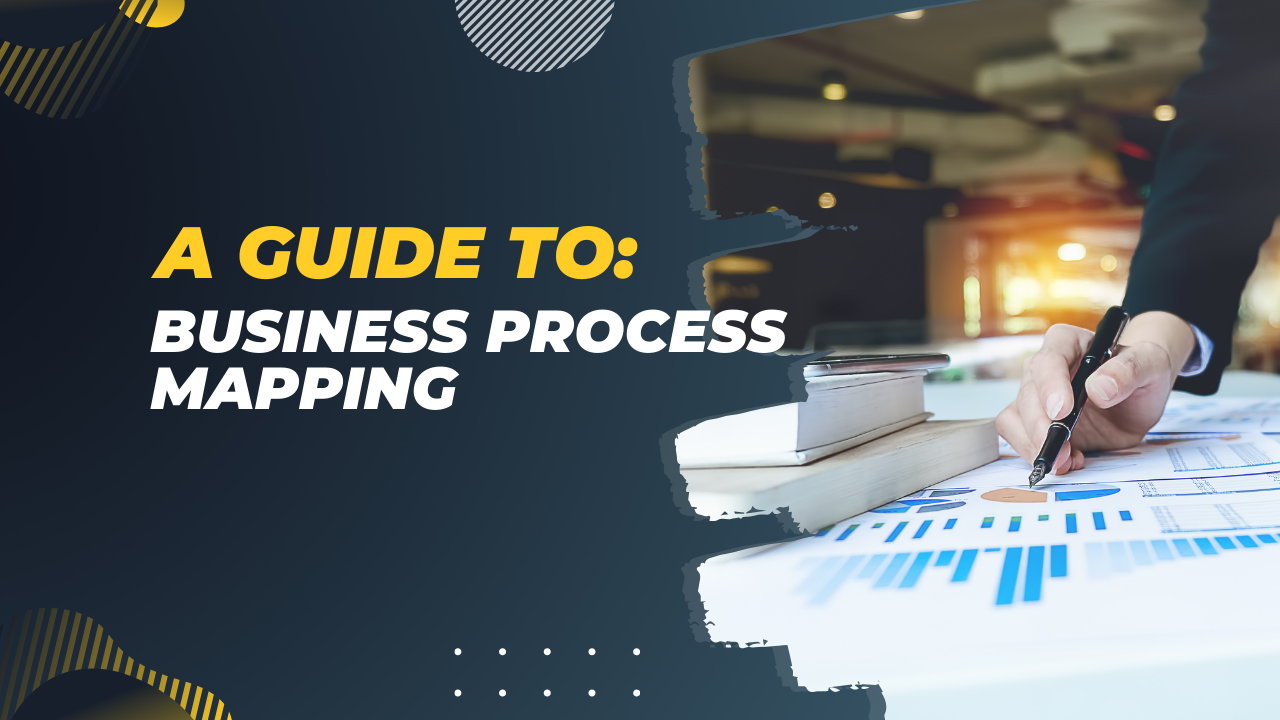Dec 05 - 3min readBy Launchbase
If you’re a typical business owner, the perpetual quest for ways to streamline, simplify, or automate your business processes is likely a familiar endeavor. The potential time savings derived from automating manual routine tasks are not only substantial but can also be transformative. Have you ever pondered the possibility of amplifying sales through a more streamlined communication or onboarding process? Delving into such opportunities holds the promise of saving time, cutting costs, and alleviating stress for individuals at all levels within your organisation.
Yet, the efficacy of future planning hinges on a foundational understanding of your current business operations. The preliminary step, therefore, is ensuring a comprehensive grasp of how your business functions today. The risk of automating the wrong processes due to a lack of proper reference underscores the critical importance of Business Process Mapping, an indispensable approach for organizations aiming to explore growth through technology-enabled automation.
Business Process Mapping, in essence, entails outlining a business entity’s current activities, establishing rules and standards for successful processes, and delineating responsibilities at each stage. It serves as a means to answer fundamental questions about the nature of processes, their progression from start to finish today, and the specific individuals or teams responsible for their execution. Visual representations, such as flowcharts, are commonly employed to achieve this clarity.
It is imperative to differentiate between Business Process Mapping and modeling. Mapping focuses on outlining existing processes, while modeling involves the exploration of future processes or hypothetical scenarios. The latter should only be undertaken after an accurate and comprehensive mapping of the current processes has been achieved.
To guide you through the process, a structured 3-step approach is recommended for mapping your business process:
Chart your business process as it exists today:
Creating a visual representation is not merely a rudimentary task but a foundational one for understanding your current operations. This transparency not only aids in quick issue identification but also provides a comprehensive overview. Tools such as whiteboards, Lucidchart, or Google Drawings can prove instrumental in this phase.
Define your standards and rules for success:
Post-mapping, organisational leaders should take the initiative to establish standards and rules governing how the business should operate. Clear and unequivocal standards and rules serve as measurable metrics, facilitating the tracking of progress at both the organizational and individual levels.
Determine who is responsible at every stage:
Identifying accountability at each stage is not merely a formality but a pivotal step in preventing distractions, minimizing overlap, and mitigating miscommunication. This step ensures a clear understanding of who to turn to in the event of issues or successes.
In the implementation phase, leveraging software can significantly enhance the outcomes of the Business Process Mapping exercise. Specialized tools like business process mapping software, such as Lucidchart, can not only facilitate the creation of visual representations but also offer collaborative features. This allows teams to work together seamlessly in refining and optimizing the mapped processes.
Additionally, the implementation of defined standards and rules can be systematically monitored and tracked using project management software. This ensures that the established metrics are adhered to and provides real-time visibility into the progress of both organizational and individual performance.
In conclusion, business process mapping emerges as an indispensable precursor for organisations contemplating automation or improvement. By meticulously following these three steps and incorporating software solutions into the implementation phase, you may discover that investing in new software is not only beneficial but becomes a catalyst for further efficiency gains. Business process mapping, therefore, emerges as a foundational step in assessing an organization’s readiness for future developments, including but not limited to custom software development.



